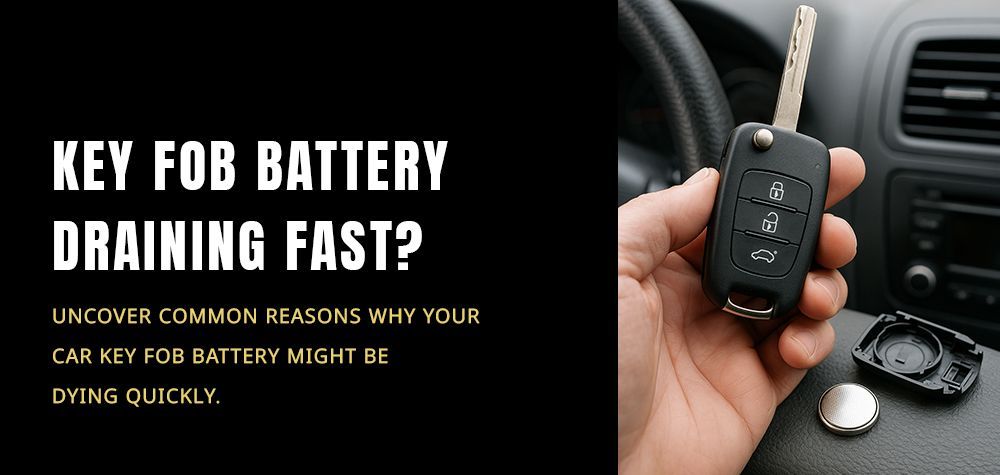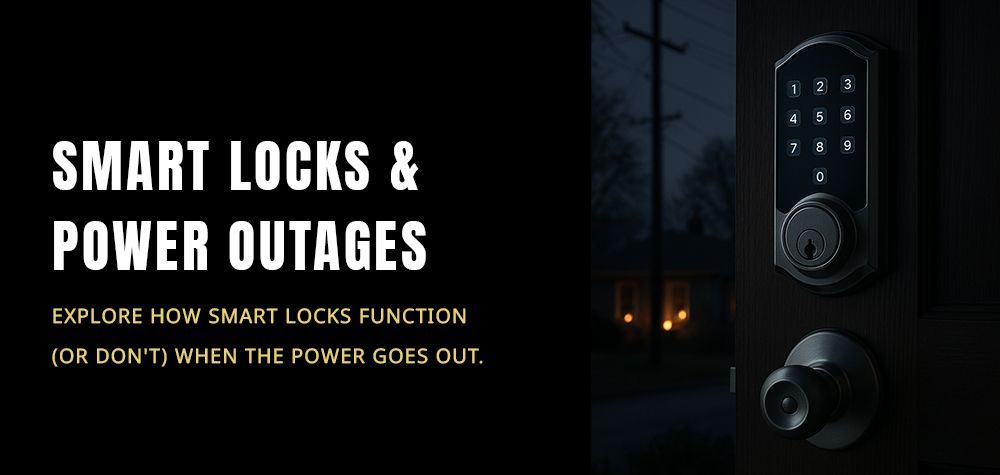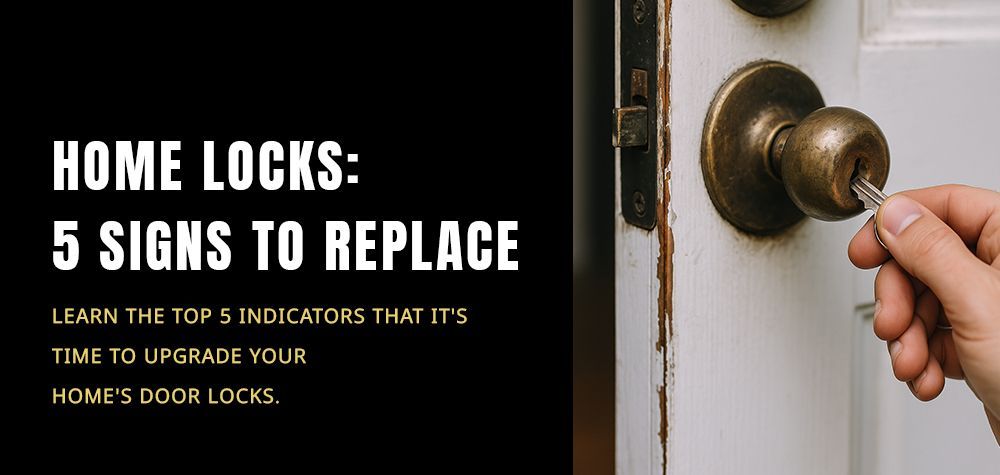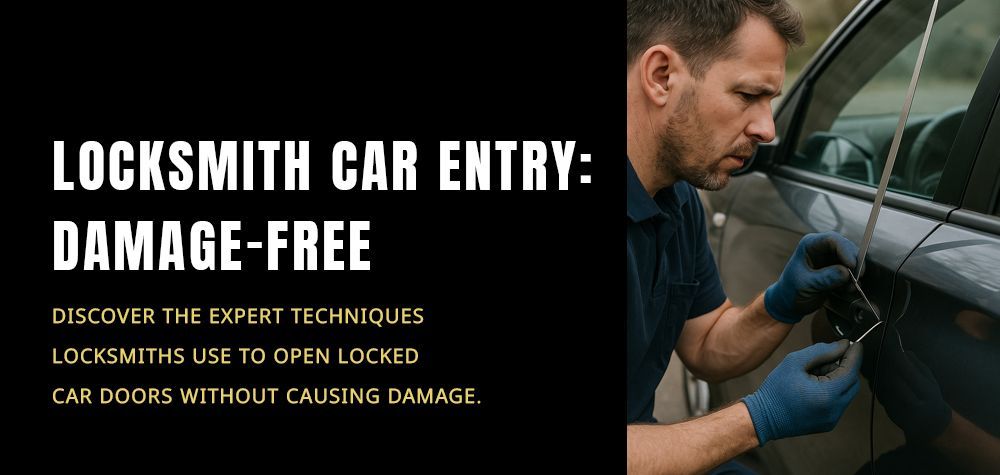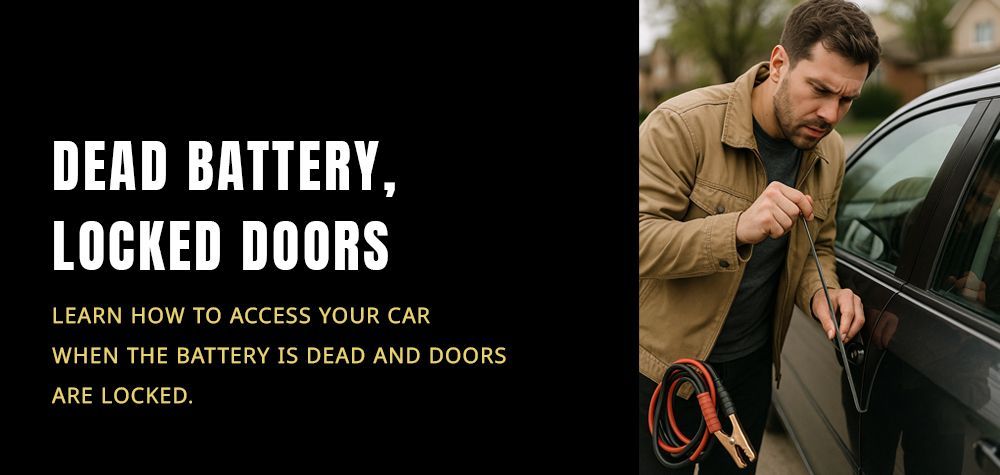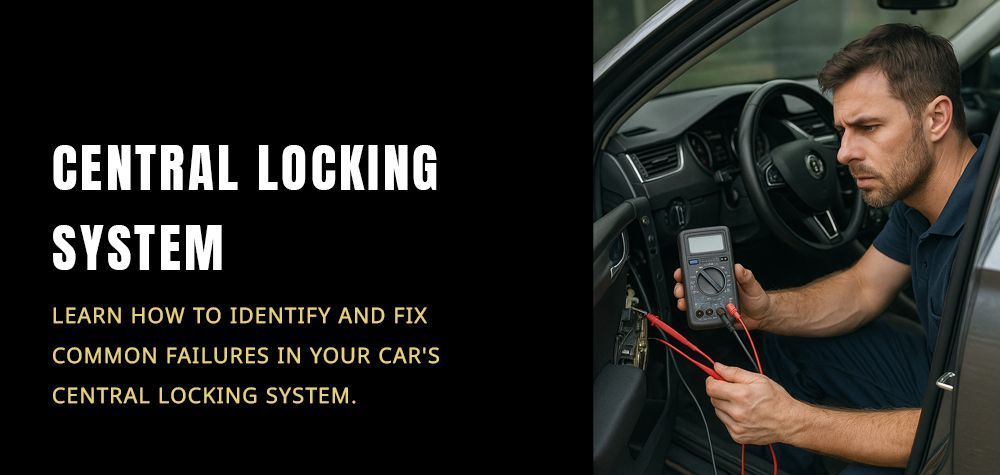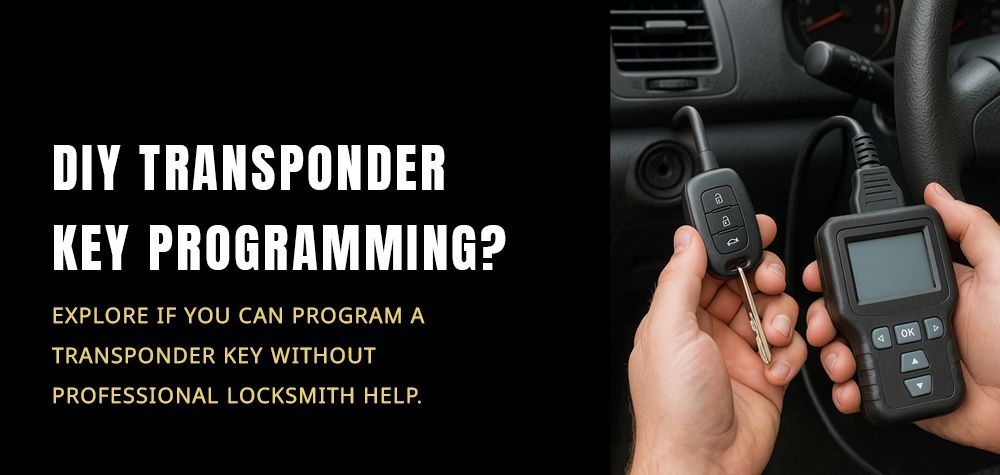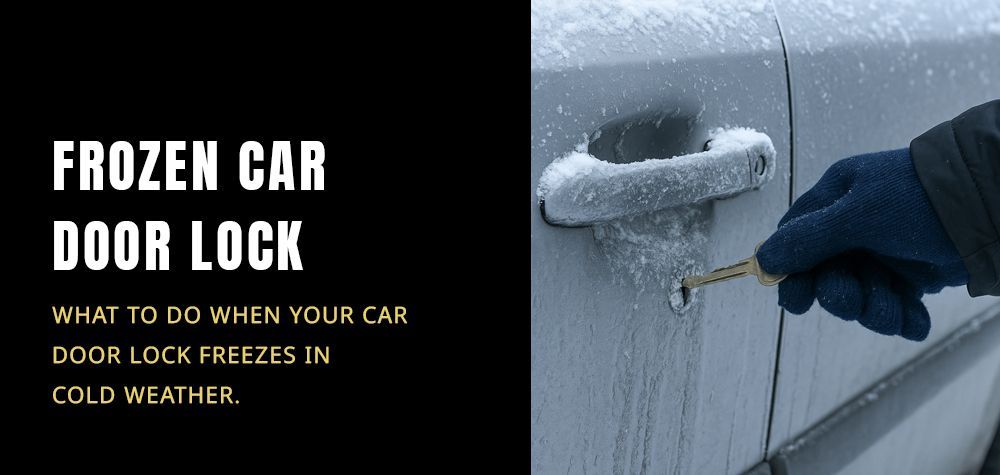How to Avoid Common Lock Installation Mistakes
Lock installation might seem straightforward, but small mistakes can lead to compromised security, frequent lock issues, or even full lock replacements. Here’s a detailed guide to help you avoid common lock installation mistakes and ensure a secure and functional result.
1. Choosing the Right Lock for Your Needs
Mistake: Selecting a lock without considering its intended use. Residential and commercial properties, for instance, have different security requirements.
Solution: Assess your needs. For high-security areas, consider deadbolts or smart locks. For less critical areas, standard locks might suffice. Look for locks that fit your specific door thickness and style.
2. Using Incorrect Tools
Mistake: Using the wrong tools, like improper drill bits, can cause poor alignment, misaligned screws, and a less secure lock.
Solution: Ensure you have the correct tools, like a hole saw for boring, screwdrivers, a tape measure, and a chisel. Using the right tools ensures precision and a clean installation.
3. Failing to Measure Door Thickness and Backset
Mistake: Ignoring measurements can lead to a lock that doesn’t fit or operate smoothly.
Solution: Measure your door’s thickness and backset (the distance from the door edge to the lock center). Standard backsets are 2 3/8 inches or 2 3/4 inches. Choose a lock compatible with these measurements for a snug fit.
4. Misalignment During Installation
Mistake: Not aligning the lock components properly can cause functionality issues and poor security.
Solution: Use a template to mark precise locations for the lock and latch. This prevents misalignment and ensures that the lock and strike plate connect properly when the door is closed.
5. Failing to Secure Screws Correctly
Mistake: Loose or poorly fastened screws make the lock vulnerable to tampering.
Solution: Check that screws are the correct size and tightly fastened. Avoid overtightening, which can strip the screws. A snug fit without forcing screws into place provides a more secure hold.
6. Skipping Strike Plate Reinforcement
Mistake: Many people skip reinforcing the strike plate, leaving the door vulnerable to forced entry.
Solution: Use longer screws (at least 3 inches) for strike plates, securing them deep into the door frame. Consider reinforced strike plates for added protection.
7. Neglecting to Test the Lock Thoroughly
Mistake: Installing the lock and not testing it immediately can result in functionality issues.
Solution: Once installed, check the lock multiple times. Ensure it locks and unlocks smoothly and that the latch engages properly with the strike plate. Correct any issues before considering the installation complete.
8. Improper Installation of Smart Locks
Mistake: Ignoring the manufacturer’s specific instructions for smart locks can lead to poor connectivity or battery drain.
Solution: Follow the manufacturer’s instructions closely for a reliable installation. Check battery placement, ensure all parts are correctly aligned, and test the connectivity before finalizing installation.
9. Not Installing Weatherproofing on Exterior Doors
Mistake: Not weatherproofing locks on exterior doors exposes them to moisture, which can cause rust or jamming.
Solution: Apply weatherproofing measures like weather-resistant lubricants, and ensure any exposed lock parts are made of rust-resistant materials.
Why Choosing a Professional Locksmith Can Be Worth It
If you’re unsure about installing locks yourself or need added security for your property, hiring a professional locksmith ensures the job is done right. Certified locksmiths have the tools and experience to install any lock type without the risk of common installation mistakes.
Emergency Locksmith Services: When Should You Call for Help?
Call Us Any Time!
